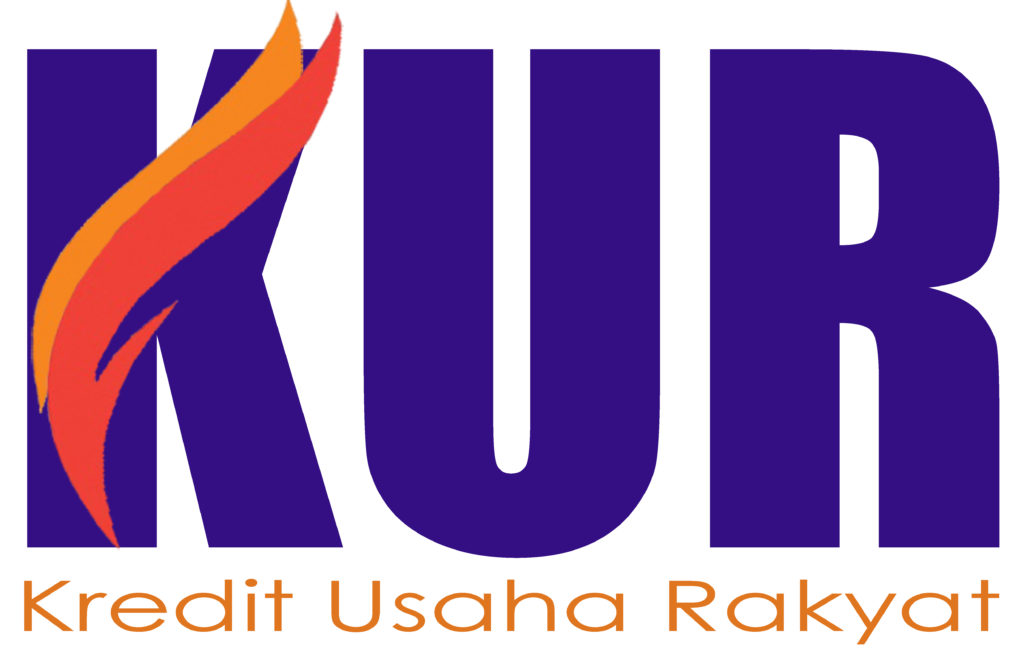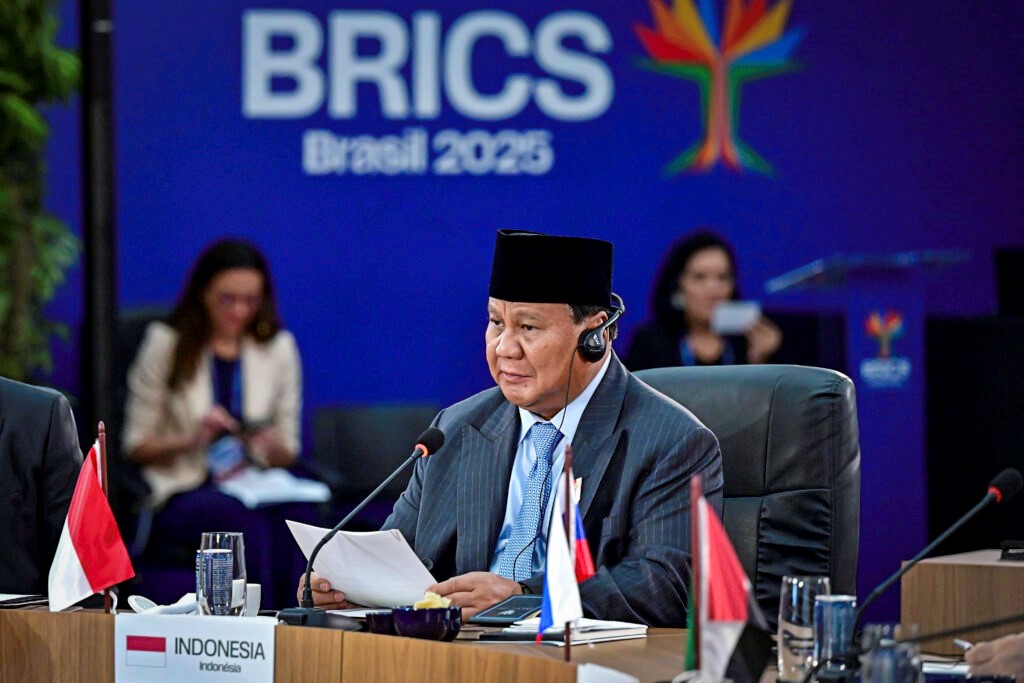Gov’t to Raise KUR Ceiling
 In a bid to further develop Micro, Small and Medium Enterprises (MSMEs), the Government has announced a plan to gradually raise the Smallholder Business Credit (KUR) ceiling over the next five years with distribution target of Rp325 trillion by 2024.
In a bid to further develop Micro, Small and Medium Enterprises (MSMEs), the Government has announced a plan to gradually raise the Smallholder Business Credit (KUR) ceiling over the next five years with distribution target of Rp325 trillion by 2024.
“60 percent of our gross domestic product (GDP) is contributed by MSMEs,” Deputy for Macroeconomic and Financial Coordination of Coordinating Ministry for Economic Affairs Iskandar Simorangkir said in Jakarta, Tuesday (21/1).
The increase in KUR distribution target is followed by relaxation of policies such as the maximum increase in the micro KUR ceiling and the increase in the accumulation of the micro KUR ceiling.
“The maximum micro KUR ceiling was initially Rp25 million to Rp50 million per debtor. The accumulation of micro KUR ceiling on trade sector has also increased from Rp100 million to Rp200 million. The policy change has been in effect from 2 January 2020” Iskandar said.
According to Iskandar, under Coordinating Minister for Economic Affairs Regulation Number 8 of 2019 on Guidelines for the Implementation of the KUR, the interest rate of KUR will be slashed again to just 6 percent.
The reduction policy is followed by an increase in the KUR distribution by 36 percent compared to that of 2019 to Rp190 trillion in 2020, he added.
Since the re-distribution with the interest subsidy scheme in August 2015, the total accumulated KUR distribution up to 31 December 2019 has reached Rp472.8 trillion, with a relatively low Non-Performing Loan (NPL) rate of 1.1 percent.
“In 2019, the KUR distribution target was Rp140 trillion with the realization of distribution by December 2019 amounting to Rp139.5 trillion or 99.65 percent of the target,” he added.
The number of KUR recipients from MSMEs, Iskandar continued, has also increased rapidly from 2.4 million debtors in 2014 to 4.4 million debtors in 2018.
The total accumulation of KUR recipient debtors from August 2015 to December 2019 reached 18.6 million credit agreements or 12.9 million (based on ID Number).
“This achievement shows that the KUR recipients are dominated by MSMEs who have recently accessed funding from formal financial institutions,” Iskandar said.
Furthermore, given that the KUR distribution has targeted the production sector including agriculture, fisheries, manufacturing, construction, and services in 2017, the share of KUR distribution in the trade sector has decreased, while the KUR share in the production sector has steadily increased, he added. (Humas Kemenko Perekonomian/EN)
Translated by: Galuh Wicaksono
Reviewed by: Muhardi/Muhammad Ersan Pamungkas








